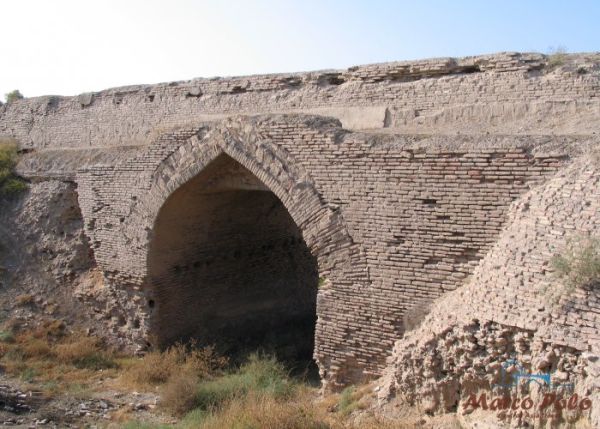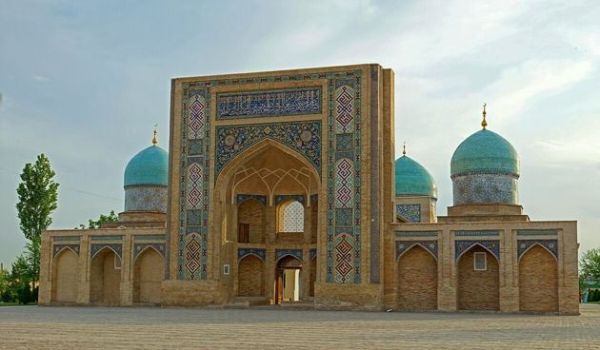Old Termez settlement
The ancient Greek astronomer and geographer Claudius Ptolemy in his treatise "Guide to Geography" says that Alexander the Great, having conquered Sogdiana, rushed to conquer Bactria. On the right bank of the Amu Darya, or, as it was called in ancient times, the Oxus, in a convenient place for crossing, he built a fortress called Alexandria Oxian. After the Greeks left the region, it was destroyed by nomads. A hundred years later, the city was rebuilt by Antiochus I and named Antiochus Tarmita. Over the centuries, it developed into one of the largest cities of Bactria, and then the Kushan kingdom.
The ruins of Tarmita are hidden by the ancient settlement of Old Termez, which stretches over five hundred hectares at a distance of only five kilometers from modern Termez. Ancient walls with traces of large city gates still rise above the steep bank of the Amu Darya. The sunken towers have been preserved on the western side. The remains of the Greco-Bactrian citadel have been preserved in the walled area. The fortress walls separated Shahristan from the suburb of Rabad, where, judging by numerous archaeological finds, potters, foundry workers and blacksmiths lived and worked. A canal cut through the city, supplying water to the inhabitants. The most important caravan routes from Central Asia to Balkh and India passed through ancient Termez.
The thickness of the cultural layers in the citadel reaches 19 meters. As scientists have found out, ancient Termez was not only a major trading center, but also the center of the spiritual life of the Great Kushan state. Several Buddhist monasteries have been preserved in the ancient settlement of Old Termez, including the Karatepa cave temple complex and Fayaztepa Monastery. These monumental structures included shrines, stupas for storing Buddhist relics, and were decorated with paintings and sculptures of Buddha and Kushan rulers.
The city reached a special heyday in the 9th – early 13th centuries, being a large trade and craft center of Northern Tokharistan. The walls of the citadel were reinforced and lined with burnt bricks. The second city wall was built. During the excavations of the settlement, the ruins of a mosque of the IX – X century and a minaret of the beginning of the XI century, madrasahs and craft quarters were uncovered, the remains of a water pipe and the ruins of the Termez Shah's palace were discovered. It was a majestic building with a tall arched portal. In the middle of the courtyard there was a quadrangular step pool. The courtyard was surrounded by residential pavilions, and directly opposite the entrance, in the depths of the large ivan, was the throne room of the ruler. Its walls were decorated with ornamental paintings and ganch carvings, as well as heraldic images of lions, griffins and fantastic animals. The palace was built of mud bricks, but shaped and carved burnt bricks were used in the decoration of the front rooms.
On the territory of Old Termez, the mazar of Sheikh at-Termezi, the spiritual patron of the city, has been preserved almost intact by time.
According to legend, in the autumn of 1220, Genghis Khan set up his military camp near Termez. After offering the residents of the city to surrender, he was refused. Then he began the siege of the fortress and, taking it by storm by the end of the ninth day, destroyed the city and exterminated the entire population. For four more centuries, people tried to inhabit the ruins of the old settlement, until they completely abandoned it.
For one and a half thousand years, life was in full swing here, on the ancient settlement of Old Termez, civilizations replaced each other, and different religions coexisted. The silent ruins conceal many more archaeological sensations and historical discoveries.












